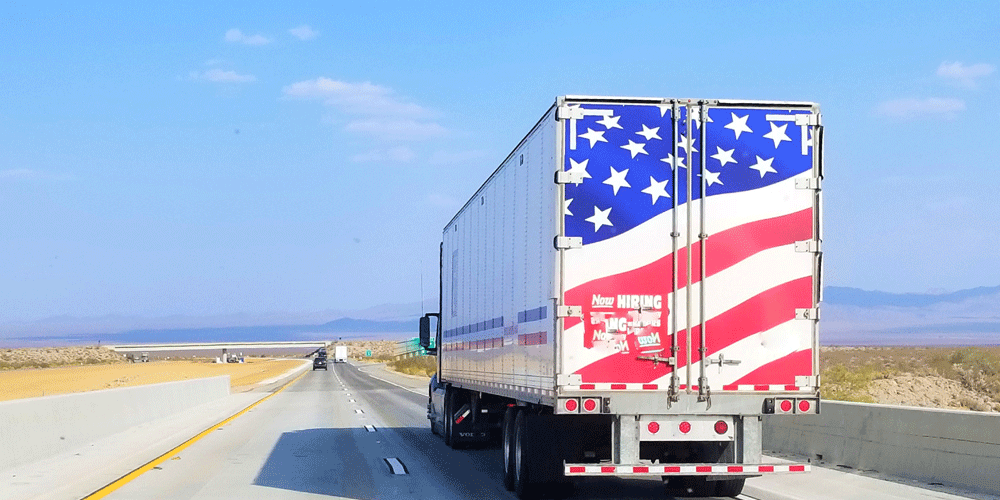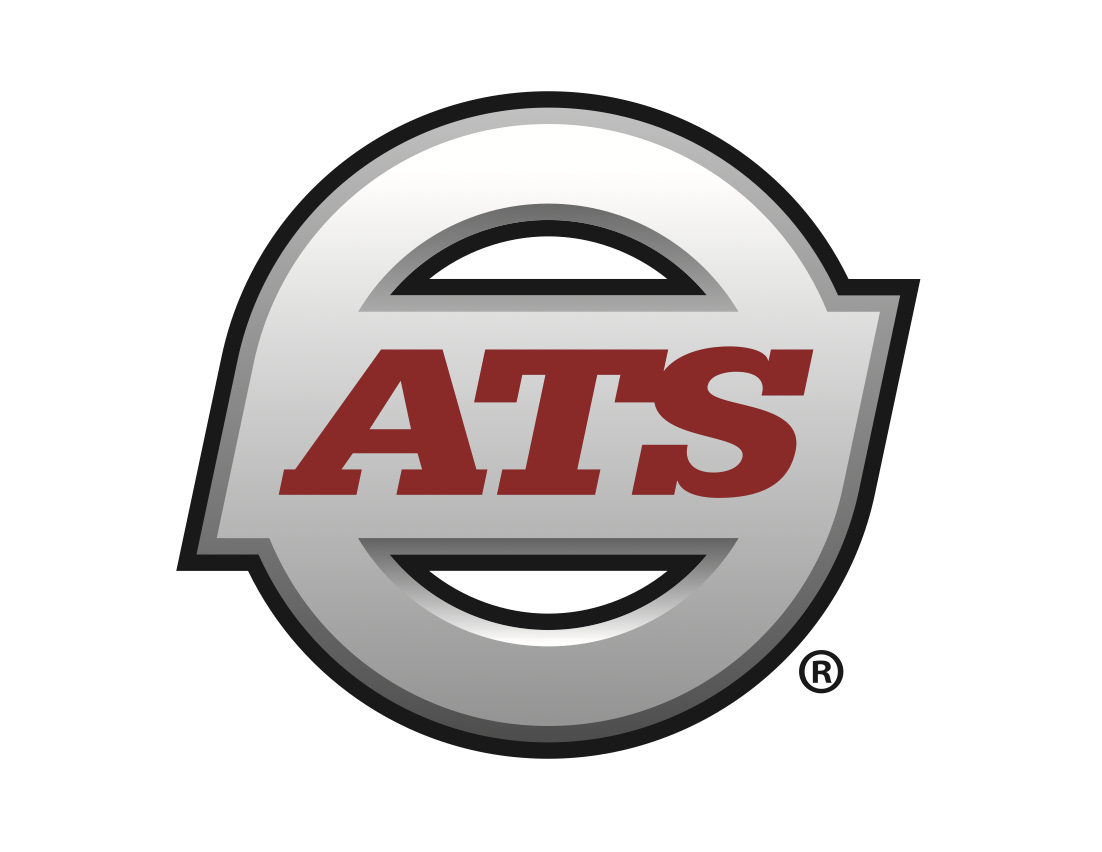Independent Contractor | Company Driver | Flatbed Driver | Heavy Haul Driver | Owner-operator | Dry Van Driver
What Truck Drivers Should Know About a Government Shutdown
When you hear “government shutdown” on the news, it’s easy to wonder what it means for you out on the road. Will you still be able to get permits? Cross the border? Keep hauling your usual loads?
The good news: most freight keeps moving, and most drivers will notice only small changes. But depending on the type of freight you haul, a shutdown can still cause delays or headaches.
Anderson Trucking Service (ATS) has weathered many a government shutdown in our 70 years in this industry, so we're experienced at helping drivers stay informed and prepared for any shutdown-related changes to their day-to-day.
Consider this your quick guide to keeping your rig moving when the action in Washington grinds to a halt. We're answering all your questions about permitting, border crossings, infrastructure projects, and supply and demand during U.S. government shutdowns — let's get started.
Key Takeaways for Drivers
-
Most drivers won’t lose work during a short-term shutdown.
-
Permitting, inspections, and border crossings usually keep running.
-
Freight tied to federal projects or government contracts (like DoD loads) may stop.
-
Road and bridge construction projects funded by the government often pause, affecting drivers hauling those loads.
-
A long shutdown can ripple out, lowering freight demand across the board.
How Will This Affect Your Paycheck?
For most drivers in the private sector, a short-term shutdown won’t change much. Freight keeps moving, and demand for trucks stays strong. But if you usually haul mostly government freight, you may feel the pinch until the shutdown ends.
The upside? Some government-focused carriers will look for other loads, which can temporarily increase competition. That may bring down rates — but most drivers will still be able to find work.
Will a Shutdown Change Your Route?
Most of the time, your regular routes won’t change during a shutdown. State and local governments are still responsible for keeping highways clear, fixing potholes, and handling day-to-day maintenance like snow removal. The roads you run most often should look and feel the same.
The difference comes with federally funded projects. Big road or bridge construction jobs that rely on federal money usually stop during a shutdown. If you normally drive through or around one of those sites, you might notice that work zones are quiet and progress is stalled.
While this usually doesn’t mean new detours, it can affect timing and congestion once the shutdown ends and projects restart. Drivers could see a sudden surge of construction activity, delayed lane closures, or heavier traffic in those areas as crews work to catch up.
In short:
-
Routine road maintenance continues (no change to your everyday driving).
-
Federal highway and bridge projects pause, which may impact freight tied to those jobs.
-
After a shutdown, expect projects to pick back up quickly — which could mean new lane closures or slowdowns on your usual routes.
Will You Still Be Able to Get Permits?
Yes. Permitting and licensing are considered essential services, so they keep operating even if other parts of the government shut down. You might see fewer support staff, which could mean things take a little longer, but you’ll still be able to get what you need to stay compliant.

What About Inspections & Border Crossings?
Safety inspections and border operations also keep going during a shutdown. The government doesn’t want supply chains to grind to a halt, especially those moving food, medicine, and other essentials. You may notice fewer support staff at weigh stations or ports of entry, but the main operations continue.
Hauling DoD or Other Government Freight
Here’s where shutdowns hit harder: if you’re hauling Department of Defense (DoD) freight or loads for other federal projects, your work may stop until the shutdown ends. Essential military freight usually still moves, but non-essential loads are put on hold.
That means if your company runs a lot of government freight, you might get shifted onto private-sector loads until things are back to normal.
What Happens to Road Construction & Infrastructure Loads?
Any federal road or bridge construction projects are usually paused during a shutdown. That means if you’re hauling steel, concrete, or other materials for these projects, your loads may be canceled or delayed.
Local and state projects will keep running, though, so drivers may get reassigned to other work.
What If the Shutdown Lasts a Long Time?
Most shutdowns only last a few days or weeks. But if one drags on, it can slow down the economy. Furloughed government workers spend less, companies tied to federal contracts scale back, and there’s simply less freight to haul.
In that case, smaller or newer carriers may struggle, while larger companies with more options will be better positioned to keep drivers moving. Keep your ear to the ground regarding carrier behavior and talk to your dispatcher or driver manager about any concerns you have regarding your company's approach to weathering a prolonged shutdown or recession.
The Bottom Line for Drivers
Government shutdowns are frustrating, but they don’t bring the trucking industry to a stop. Most freight keeps moving, permits and inspections stay in place, and private-sector drivers won’t feel major changes unless the shutdown goes on for a long time.
If you’re hauling government freight or working on federal projects, you may see delays. Otherwise, expect business mostly as usual.
At ATS, we’ll always keep you informed so you know what to expect when things on Capitol Hill change things on the road. If you have any questions about trucking during a government shutdown, be sure to reach out. We'll get you the answers you need.

